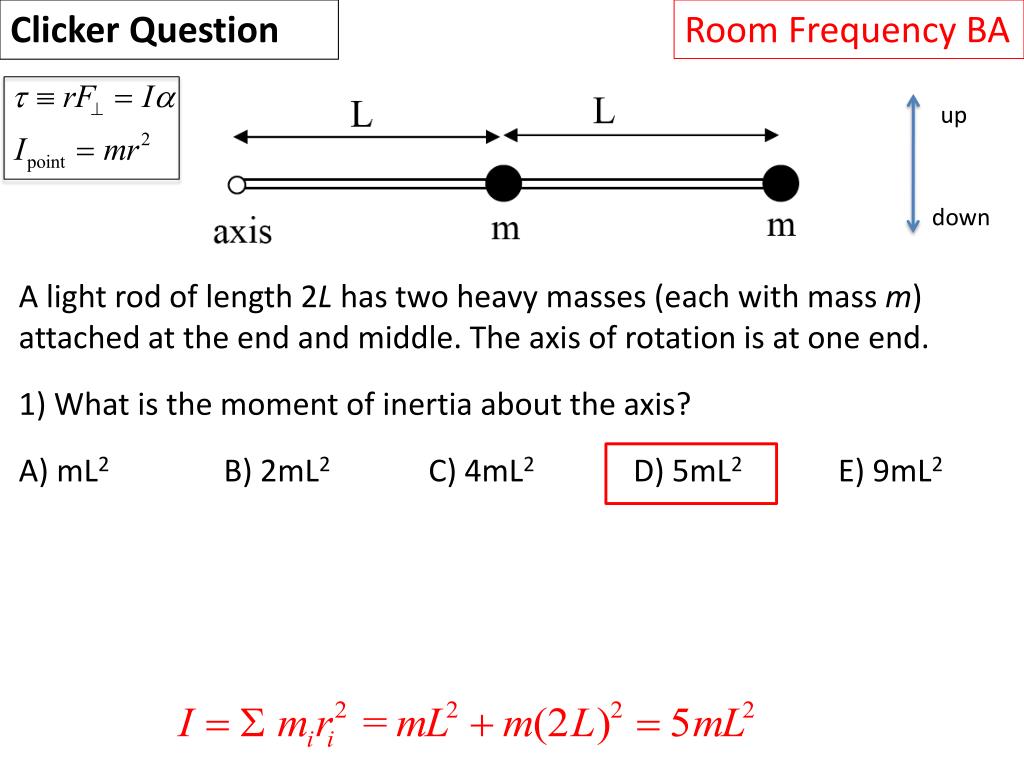

This is useful because the external torques arent so hard to calculate. Rotary Motion Calculator These calculators are used to calculate rotary motion. The total mechanical energy is then conserved and is the sum of the rotational and translational kinetic energies, and the gravitational potential energy. The first term on the right side represents the rotational kinetic energy of. In the example calculation in the section Rotation Equations above. Unlike linear speed, it is defined by how many rotations an object makes in a.
#Rotational dynamics calculator how to
However, i do not know if I can do it like this without breaking laws of physics and if it is possible I am not sure how to calculate $\omega_2$ (preservation of the angular momentum?).Īll of these things need to be done in a 3d coordinate system. Evaluate problem solving strategies for rotational kinematics. $L$: angular of momentum, $M$: torque, $J$: moment of inertia, $\omega$: rotational speed I thought I could calculate this force similar to calculating the force that applies if to points collide with each other: Please enter all lengths as cm, and weights as g.

Kinematics of Rotational Motion, Applying the Equations for Rotational Motion. Be sure to read the introductory article for additional context and advice. The online angular acceleration calculator assists you to calculate. I need to get the force that applies to a defined point ($x,y,z$ - coordinates) with a defined mass, if a rotating object with a defined mass, a defined momentum of inertia, a defined axis of torque and rotational speed collides with that point due to its rotation. This is a tool to facilitate the computation and display the dynamic properties of swords and hand-held weapons from a standardised set of measurements. The formula for the rotational inertia of a disk is. 2 Attach one end of the string to the smallest pulley groove on the 3-step pulley and the other end to the mass hanger. The parallel axis theorem let us find a systems rotational inertia about a given axis if we know the rotational inertia with respect to an axis passing through the systems center of mass and the axes are parallel.

Part 1: Varying Torque by Changing Force 1 Measure the mass of each sliding mass and the rotating arm, and then measure the length of the rotating arm.

For a physics engine I need to calculate the force that results from rotating objects colliding with each other. Be sure the data can be seen on the graphs.


 0 kommentar(er)
0 kommentar(er)
